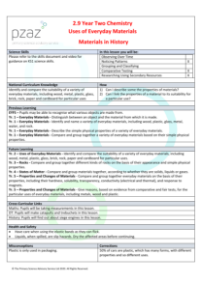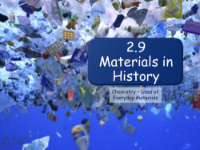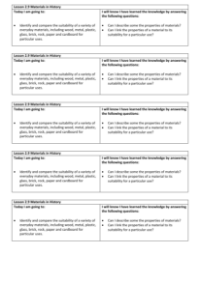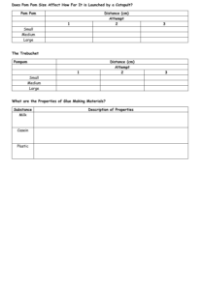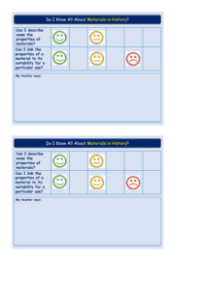Materials in History - Teacher Explanation

Science Resource Description
Welcome to Lesson 2.9, titled 'Materials in History', which forms part of the Year 2 Unit on the Uses of Everyday Materials. In line with the National Curriculum, this lesson aims to teach pupils how to identify and compare the suitability of various everyday materials such as wood, metal, plastic, glass, brick, rock, paper, and cardboard for different purposes. A practical approach is taken, with students engaging in hands-on activities that involve using rubber bands and liquids. It's important to note that precautions should be taken to ensure safety, including the use of eye protection and immediate clean-up of any spillages to prevent slipping hazards.
The lesson is not just about material science; it also incorporates cross-curricular elements, including mathematics for measuring, design and technology (DT) for constructing catapults and trebuchets, and history for researching the historical use of siege engines. Students will start by researching siege engines like catapults, trebuchets, and ballistae, understanding their historical context, such as their use by the Romans in siege warfare. The practical activities involve constructing a catapult using craft materials and exploring the scientific principle of tension. The lesson concludes with building a trebuchet, understanding its mechanics, and comparing its effectiveness to that of a catapult. This engaging lesson promises to be both educational and enjoyable for the students, combining science with a touch of history.


